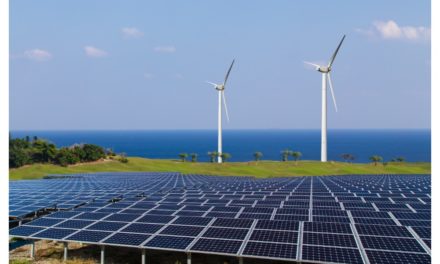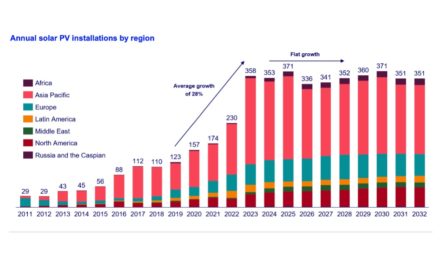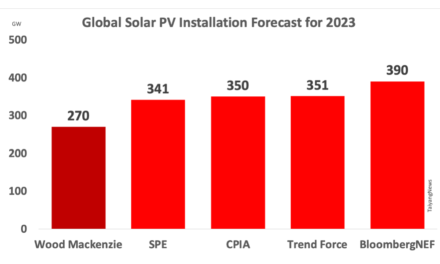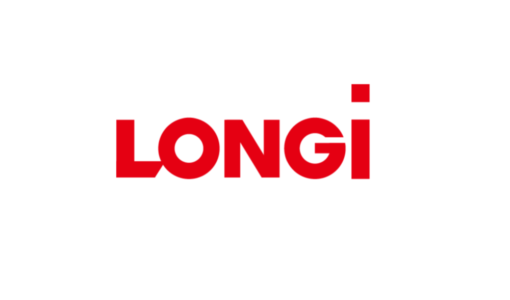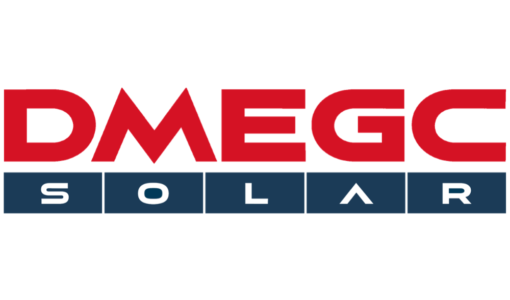- Wood Mackenzie counts 137 GW renewable energy capacity to have been awarded via tenders in 2023
- Solar PV comprised the largest lot with 61 GW, even though its share declined to 44% from 59% in 2022
- Offshore wind is expected to expand its share strongly from 31 GW awarded in 2023, to more than 60 GW expected in 2024
- High ceiling prices and importance of non-price criteria will be some of the trends this year
After awarding 137 GW of renewable energy capacity in 2023, led by solar PV and wind power projects, governments across the world are likely to drive 102 GW growth in 2024 via tenders. More than 60 GW is expected for offshore wind, says Wood Mackenzie in a new report.
Despite sector cost headwinds, logistical challenges and energy crisis, the awarded capacity in 2023 was a 10% increase over the previous year.
Solar PV was the most awarded, accounting for 44% or 61 GW of the total volume of 137 GW; however, its share dropped from 59% in the previous year. Onshore wind claimed 24% or 34 GW, while offshore wind energy made up 23% or 31 GW of the total capacity.
China led the auction volume as it allocated 55 GW in 49 renewable energy tenders. It was followed by India’s 55 tenders awarding 20 GW, and Germany’s 11 rounds allocating 19 GW capacity.
Overall, out of the 137 GW, onshore wind, offshore wind and solar PV technologies bagged 91% of the total volume. The remaining 9% went to hydro, biofuel, geothermal, solar thermal and tidal technologies.
Onshore wind commanded a higher share of the allocated capacity since policymakers see the technology becoming a key industry with its increased competitiveness leading to job creation.
In terms of geographical distribution, the Asia Pacific region received close to 90 GW or 67% of the contracts. EMEA region contracted 37 GW or 27% and the Americas region another 10 GW or 7% out of the total capacity.
Wood Mackenzie expects the EMEA region to hold more than 50% of the expected tender volume in 2024, but it will mostly be for offshore wind.
Analysts point out that while offshore wind witnessed intense competition resulting in subsidy-free tenders, several tenders for onshore wind and solar PV have gone undersubscribed. A total of 30% of tendered volume was unallocated in 2023. Zero bidding has also led to contracts being cancelled in the developing stage of projects.
Lead Author of the report and Senior Research Analyst at Wood Makenzie Ana Fernandez Garcia believes this calls for tender design reform as it expects the tender volume to come down in 2024.
Meanwhile, government tenders will remain the primary support scheme for renewable energy deployment globally.
Garcia adds, “In the largest markets, while regulated tenders will compete with power purchase agreements (PPAs) and merchant power sales as the routes-to-market, governments will still need to rely on tenders to guarantee their decarbonisation and energy independence goals.”
She expects ceiling prices to increase and non-price criteria to play a prominent role, which will be the trends to watch out for this year.
The European Union, for instance, plans to focus on non-price criteria like sustainability, resilience, cybersecurity and ability to deliver projects on time, for its renewable energy auctions under the Net Zero Industry Act (see EU Council & Parliament Agree Over Net-Zero Industry Act).


